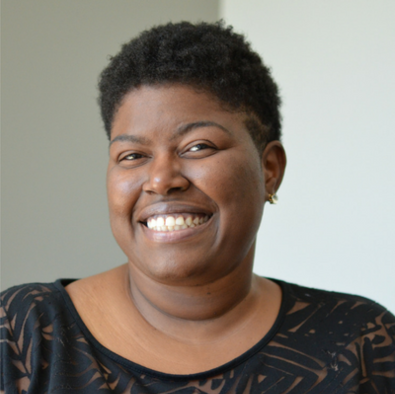
This article originally appeared in the January/February issue of Museum magazine.
1: Re-think Cultural Fit
Employers, market researchers, and cultural influencers alike have recently revisited the question of “cultural fit” in the workplace in an effort to investigate the strategies that organizations use to maintain homogeneity. Katie Bouton, writing for Harvard Business Review, reflected in a 2015 article: “It’s important to understand that hiring for culture fit doesn’t mean hiring people who are all the same. The values and attributes that make up an organizational culture can and should be reflected in a richly diverse workforce.” The language of “fit” often serves as a justification for homogeneity, where we prioritize hiring, retaining, and partnering with those people who share our hobbies, backgrounds, strengths, and experiences. Rather than thinking of cultural fit in this way, museums might want to emphasize a shared mission and organizational culture and also evaluate how their programming encourages the museum’s own cultural fit within their local communities.
2: Reduce Bias in the Hiring Process
Much has been made of the trend of increased demographic diversity in the United States. But, despite this change, implicit bias remains despairingly resilient. In order to take full advantage of the many proven benefits of diverse teams, organizations need to further explore any barriers their hiring practices reinforce. Looking for future colleagues only in traditional channels and disciplines leaves museums vulnerable to the limits of cultural fit mentioned above. Museums might want to look to community organizers, communications majors, and social media-savvy professionals to fill staffing needs. Each of these groups offers skills that museums increasingly use while contributing to the diversity of staff expertise. Museums might also consider removing college degrees as prerequisites for employment, as professional services firm EY (formerly Ernst & Young) has done in its UK offices. Both of these measures open up applicant pools to job seekers whose talents might otherwise be invisible to museum hiring managers. By practicing strategies such as challenge-based and identity-blind hiring, museums can move beyond the boundaries to access that are built into conventional hiring processes.
3: Practice Transparency About Pay
The state of Massachusetts recently passed new pay equity legislation prohibiting hiring managers from asking prospective employees about their previous salaries. Employers frequently make compensation decisions based in part on a new employee’s salary history. One result of this practice is that pay disparities become amplified and more resilient. Gender pay gaps, for instance, are made more durable when newly hired women are offered wages based on rates that have historically been lower than those of their male counterparts.
4: Understand Legal Guidelines
Employees, interns, and volunteers all contribute to the work of our museums. Each of these groups is addressed in—and governed by—different parts of US labor law. An important part of creating equitable museum workplaces is understanding the law as it applies to these various positions and classes of employment. The US Department of Labor (DoL), for instance, stipulates that internships must be “for the benefit of the intern” and not simply meet the employment needs of the institution. This definition of an internship applies to the for-profit sector and is not mandatory for nonprofits. Moreover, the criteria established by the DoL for unpaid internships define standards for for-profit internships explicitly. Nonprofits may take up the spirit of this law but are not specifically named in the federal guidelines. Museums should understand how federal and state labor laws apply to all of the groups working with their collections and audiences and encourage employees to know them as well.
5: Assess Internship Programs
According to data compiled by researchers at Western Washington University, the National Association of Colleges and Employers, and monster.com, students who participate in internships secure career placement almost three times faster than those who don’t. On average, interns across all sectors search for 2.5 months before getting a job while students without internship experience spend 6.3 months on the search. As key paths to employment, internships play a vital role in shaping the museum workforce. If internship programs are not primarily benefiting the interns, if they remain feasible only for the most wealthy or well-connected students, then we risk blocking the pathway to museum careers.
Nicole Ivy is a museum futurist at the Center for the Future of Museums and a Mellon/American Council of Learned Societies Public Fellow. She researches museums, labor, and public visual culture. She can be reached at nivy@aam-us.org.








